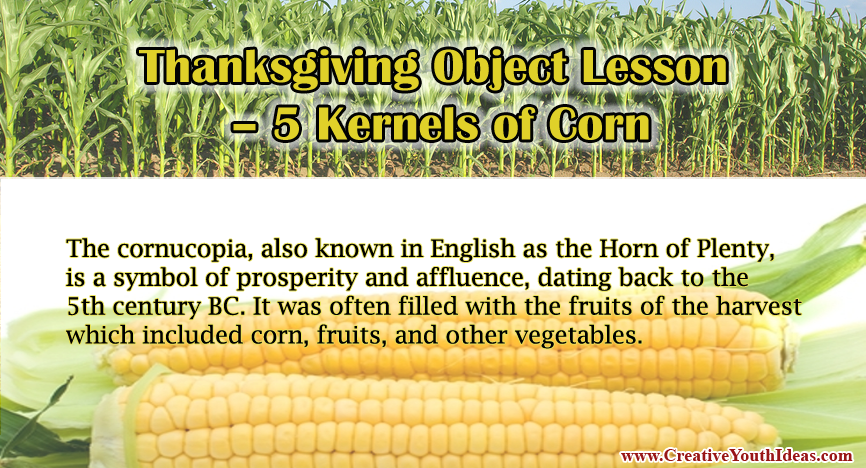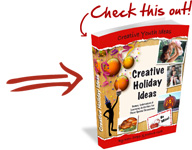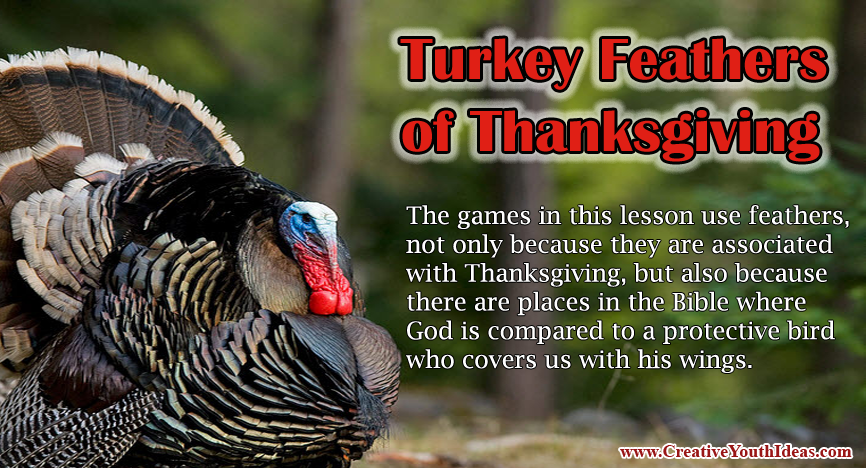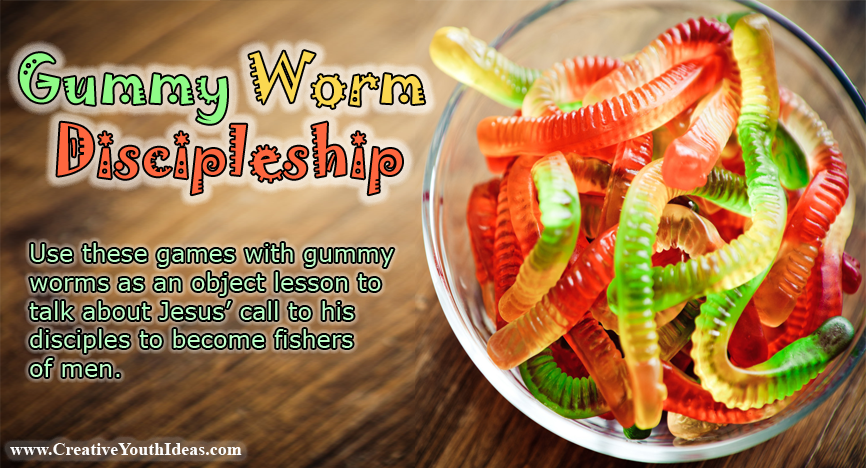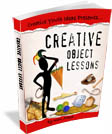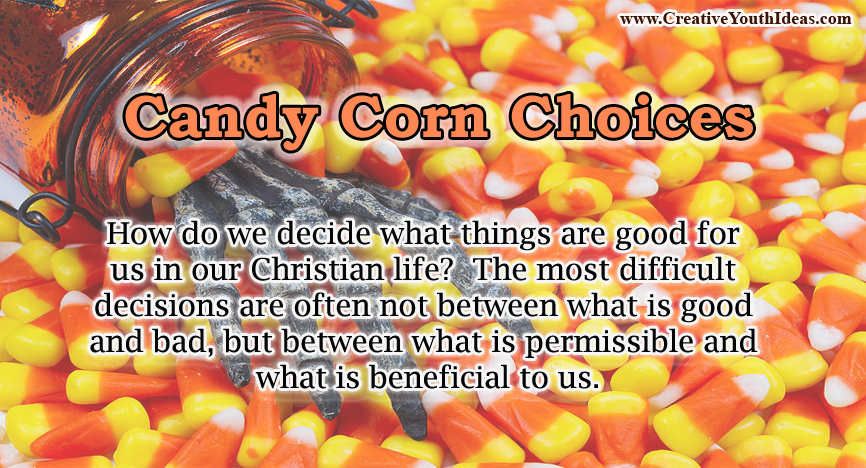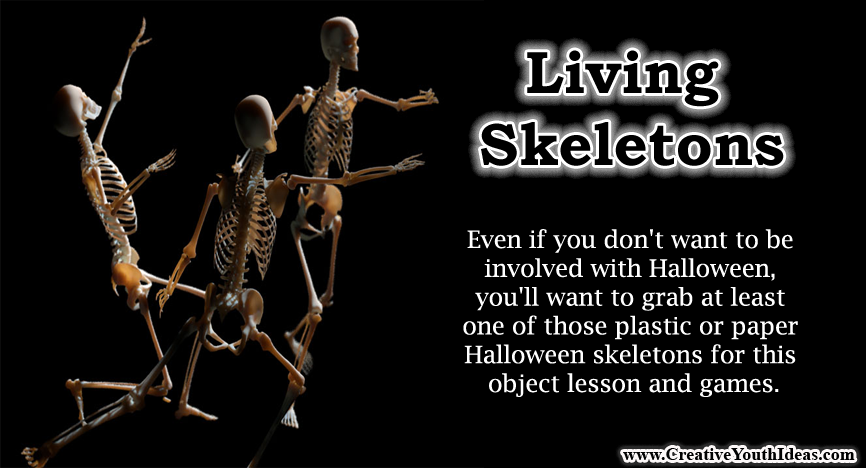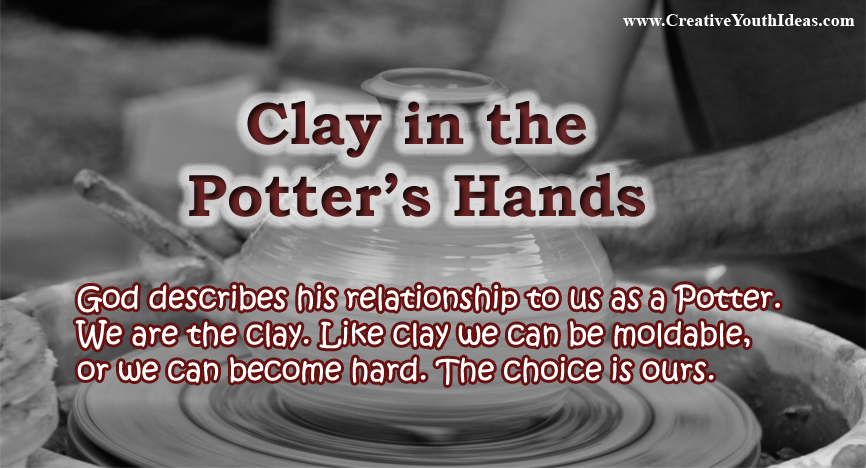
We are attracted by extravagantly wrapped gifts with red bows and colorful paper. But its not the wrapper we treasure but the gift. Sometimes the wrapper might give clues as to what is inside but sometimes the gift inside is a complete surprise and totally unexpected. The gift of the first Christmas was not wrapped the way the world expected either. The Jews wanted a mighty warrior with a sword in one hand and King’s crown in the other. But instead, God sent his greatest gift – an innocent, defenceless, vulnerable baby, wrapped in cloths, not wrapping paper.
CLICK HERE TO SHARE “GIFT WRAPPED CHRISTMAS” ON FACEBOOK
Games using Wrapping Paper
- All Wrapped Up – Tear up various types of Christmas wrapping paper and place it inside a large sheet. More is better. There are two rounds to this game. In the first round, each group wraps one of its members in masking tape (STICKY SIDE OUT) from ankles to just below their arms. Arms should NOT be wrapped. Be sure to emphasize STICKY SIDE OUT. The first team to completely wrap up their teammate in making tape with no cracks whatsoever wins. In Round two, first, throw all the torn up wrapping paper on the floor of the playing area and then teams work to roll the wrapped player in as much wrapping paper as possible. After a couple of minutes, tell teams to stop. Award the team with the most wrapping player stuck to their teammate. Be sure to take group photos!
- Christmas dice gift exchange – Have everyone sit in a circle and start with a gift. Play a Christmas carol while 1-3 dice are being passed around (space them out). Each person rolls and passes the dice. If they roll a six, they can trade gift wrapped packages with whomever they want. At the end of the song, everyone keeps the package in front of him or her.
- Christmas Unwrap – Wrap a gift with several layers of paper and heavy duty tape to make it difficult to unwrap. Youth line up and then must roll doubles six on a pair of dice, run to a baseball bat, spin 5 times around the bat, then go to the gift and put on a woolhat, snow / ski gloves and then begin to unwrap the present – first to do so wins the prize. As soon as they get to the present the next person can start rolling the dice to start the process again. When someone new gets to the present, they first person must stop, remove the clothing items and then run back to the end of the line. The youth who successfully unwraps the gift gets to keep it.
- Christmas Wrap Up – You’ll need a lot of wrapping paper, some tape, and a bow for each team. The objective is to be the first team to completely wrap someone up and place a bow on their head like a giant Christmas present. Be sure that your students do not forget to make a gift tag written to whom the present is for and from. You can have an award for the most completely wrapped as well as the most creative and best wrapped. Be sure to take some photos along the way.
- Christmas Wrapping Paper Match – Cut out squares from several different patters of Christmas wrapping paper. You want to have one square for each person in your group. Place them all in box with a small hole cut in the top. You’ll also want two of the squares to be identical in design and pattern but make all the others different. Fold each square and place it inside the box. Let each youth pick one square. Once everyone has a square announce, that the first two people to find matching squares will win a prize.
- Gift Ball – Save used wrapping paper, bubble wrap, cardboard, plastic, and packaging bits to create a ball. To create the gift ball, begin by wrapping a small prize or even money in a piece of used gift wrap. Layer on additional wrap and packaging bits to create a ball, securing it tightly. If you are short of gift wrap you can also use magazines, plastic bags, newspaper, and other things you have around the house. Add a few layers of these between the layers of wrapping paper. You can secure the layers with any kind of tape, yarn, string, and leftover ribbon bits, etc. You can add candy and small gifts to the ball in a bonus layers as you go along. The more the merrier so that everyone has a chance to get something. The bigger the ball, the better, especially if you have a large group. To play, have the youth group members sit in a circle with the gift ball and a pair of dice. One youth begins unwrapping the ball as fast as he can while the player to his left rolls the dice repeatedly until he gets a 7. When he does, the ball is passed to him to unwrap, and the dice are passed to the next player. Tearing off layers and dice-rolling continues until someone finally reaches the prize and claims it as the winner. You can make it more challenging by making the player wear winter gloves.
- Gift Guess – Gift wrap a variety of common objects and place tags on them with numbers (socks, ornaments, a candy cane, holly, pinecones, bells, an angel, Jesus in a manger, a can of egg nog, a Santa hat, a reindeer, a cookie, and any other common Christmas items you can find. Pass the gifts around and give each person a small amount of time to feel the gifts and make their guesses as to what•s inside each. Give them a peice of paper to number and write down thier guesses. The youth that make the most correct guesses are the winners.
- Gift wrap Relay – Cut up the front pictures of several old Christmas Greeting cards and hide each piece in a separate box. Gift Wrap the boxes. Divide the youth into two or more teams and put the pile of wrapped boxes on a table at the other end of the room. You’ll need to have one set of boxes and one picture for each team. The first player in each team runs to the table, unwraps a present, grabs his picture piece and sprints back to his next teammate. The rest of the team has a turn until all the pieces of the picture have been unwrapped. The teams then need to race to assemble and correctly identify their picture. The first team to do this wins!
- Gift Wrap Snowball Fight – Take a bunch of used wrapping paper and wad it up into balls. Divide the room in half or quarters so that you have a team in each section. Dump the wadded up wrapping paper in the middle of the room. On go, youth toss the balls of wrapping paper at each other and into other sections as quickly as they can. When time is up the team with the least amount of wrapping paper in their section wins.
- Penguin Gift Race – Divide the youth into two teams. Have players at the start of the line put a gift wrapped box between their knees and waddle to a designated spot and back. The next in line does the same until all youth have had their turn. If the gift is dropped, they must return to start and begin waddling again. The team that finishes first wins.
- Siamese Twin gift-wrapping race – For this Christmas game you•ll need to have a box, wrapping paper, scissors and tape for each team. Divide your youth group into pairs who will stand side by side with one hand free and the other around the waist of their team member (as if they were one person with two hands- a left hand and a right hand). The object of the game is to see which Siamese Twin team can gift wrap their present (correctly) in the smallest amount of time.
TAKE IT TO THE NEXT LEVEL
MAKE IT SPIRITUAL
Unfortunately, because God came to us wrapped in a human body and not in his majesty and glory a lot of people at the first Christmas missed Him. The gift wasn’t wrapped as they expected. There was no special welcome, no special preparations, no grand entrance and in fact there wasn’t even room for him in the inn nor a real bed to sleep in. The son of God was wrapped in rags and lying in a manger, a feed trough.
Just imagine focusing on the wrapping paper from a Christmas gift and treasuring the wrapper and missing and throwing away the gift.
Unfortunately, today, too many people in the world are so focused on all the wrappings of Christmas – the gifts, the cheer, the celebrations, the wishes of peace – that they forget the real gift – that God sent his Son to save the world.
What matters is not the outside wrapping, but rather the gift inside and what we do with it.
We don’t have to earn a gift, work for it, or do anything other than receive it. Read Romans 2:8: “For it is by grace you have been saved, through faith–and this not from yourselves, it is the gift of God–”
Read Luke 2:1-20
The people God first told about the birth were shepherds. In general, the shepherds were the poor, the jobless, the powerless, the less educated, the uncultured, maybe even the outcasts. Often when we buy gifts for others, we reserve the best gifts for the special people, the ones who will surely give us something in return, the ones who are our favorites. But the gift of Jesus was first announced to the shepherds, those without titles, those who could return little.
God had given the world a gift it didn’t think it wanted or needed, and certainly not as expected, and he presented the gift to a group of people who weren’t the powerful, the rulers, or those most looked up to. It was a seemingly ordinary gift, in an ordinary wrapper, given to ordinary people.
MAKE IT PRACTICAL
The Shepherds
Read Luke 2:1-20
* Why do you think the angels appeared to the shepherds and not someone else?
* Could the shepherds have chosen to accept or decline the angels invitation? What did they choose to do?
* How long do you think it took them to decide?
* Why do you think it was important to them to see the Baby Jesus first hand?
* Why did the shepherds drop everything to go find out about some baby? Why were they so excited?
* What does this baby mean to them?
* What does this baby mean to us?
* Why was the birth of Christ Good News?
* What are some lessons, truths, attitudes, and responses can we learn from the shepherds?
MAKE IT PERSONAL
* Do you still find a sense of wonder when you consider God’s gift to the world, or has it lost its luster? Are you more focused on the wrappings of Christmas or the Gift God Sent?
* What are you hoping for this Christmas?
* How can you have a deeper first hand experience with Christ this Christmas?
* What can you do to help others see through all the wrappings of the holiday and clearly see the true gift of Christmas?
* The gift is not really ours until we choose to receive it. It is of no use to us unless we take it for ourselves, unwrap it, and make it our own. Have you received the gift of Christ in your life?
SCRIPTURES
Luke 2:11-12 (NIV) – “Today in the town of David a Savior has been born to you; he is the Messiah, the Lord. This will be a sign to you: You will find a baby wrapped in cloths and lying in a manger.”
CLICK HERE TO SHARE “GIFT WRAPPED CHRISTMAS” ON FACEBOOK
 Creative Youth Ideas Christmas Collection
Creative Youth Ideas Christmas CollectionGames and Activities helping youth discover the Reason for the Season.
Get more than 200 creative ideas for planning a Youth Christmas celebration or Christmas Party party. You can immediately download my best Christmas Icebreakers, games, illustrations, Christmas activity ideas AND MUCH MORE in a useful ebook!
=> Tell me more about the Christmas Collection

